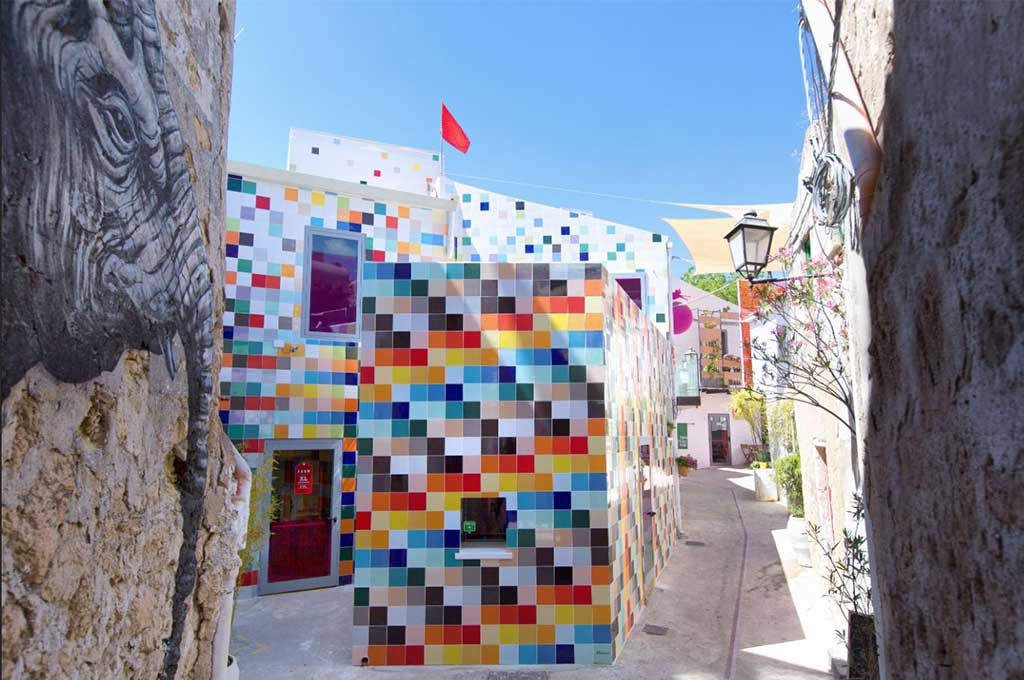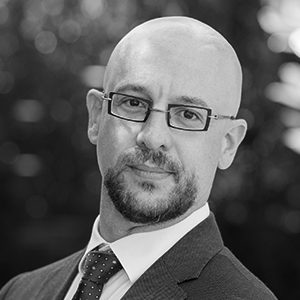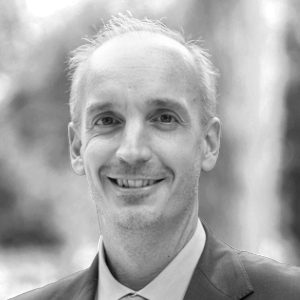
IESE Insight
Prosocial organizations can build thriving urban spaces, with a little help from their friends
Local groups dedicated to urban regeneration should leverage opinion formers and build a unifying sense of place.
In August 2017, Andrea Bartoli and Florinda Saieva, the cofounders of the Sicilian art and urban regeneration project Farm Cultural Park (FKP), received a notification from the local government in the town of Favara: they had 90 days to clear the area and remove any artwork.
Bartoli and Saieva were floored. They had regularly been in contact with the administration, pursuing authorizations and paying the relevant deposits. FKP was their passion project, inspired by a wish to invest in and improve their hometown. Would all their hard work creating cultural capital in a run-down regional center be undone?
More people than ever before live in cities, yet urban development that puts people first continues to be a challenge, with inequality, pollution and other social ills further jeopardizing the sustainability of urban centers.
As was the case with FKP, the push for change and regeneration often comes from NGOs, charities, nonprofits and grassroots groups. These organizations step in to fill voids that the local government has failed or struggled to address. But while they are formed with the express intent to create social good, their plans for urban spaces often meet with resistance. This is partly because urban transformation, by definition, alters the status quo, which always breeds resistance. It may also be down to the nature of the organizations themselves — they may lack legitimacy and power in the eyes of the wider community. This is particularly the case for newly formed groups.
A recent study by IESE’s Antonino Vaccaro and Pascual Berrone, with Francesca Capo, considers the steps such organizations should take to maximize their reach, taking FKP’s transformation of Favara as an example. Efforts to revitalize the town and create a tourist-friendly space for artistic and cultural exhibitions initially faced resistance from both the local population and the local government. Here’s how they overcame that pressure.
Farm Cultural Park: more than an arts center
In 2010, Bartoli and Saieva, a professional couple with two children based in Favara, founded FKP with the dream of improving their hometown and showcasing their interest in art and culture. The independent cultural center was established to transform abandoned areas of the historical center of Favara, Sicily, into spaces for hosting exhibitions, cultural workshops and events. Sicily is historically one of the poorest regions of Italy, with high unemployment (27% overall and 43% among young people in 2012).
FKP was largely privately funded, though it received some public grants and income from admission fees. By 2017, it had achieved highly promising results, attracting over 120,000 visitors a year, creating 150 permanent jobs and contributing to the launch of shops, bed-and-breakfasts, hotels and restaurants in the area. Central to their transformation project was the rehabilitation of seven abandoned courtyards, which had once been central to life in the town but had fallen into disrepair. The courtyards were repurposed to host art shows and cultural activities.
The concept of place and the power of good press
The transformation of Favara initially faced resistance from both the local population, who were skeptical and distrustful, and the local government, which mired the project in conflicting bureaucratic procedures.
The residents were ultimately won over by the improvements both to the town’s physical spaces and to its social interactions. For this to happen, Favara had to develop a distinctive and positive sense of place. Place is more complex than simple location, encompassing both materiality (its economic and physical reality) and meaning (the interpretations it evokes). It is “imbued with a set of values,” with the potential to positively influence human responses.
It was leveraging this newfound sense of place that eventually convinced Favara residents. FKP activated four different processes to create it.
- Revitalizing the materiality of the space. This encompassed the renewal of abandoned buildings to make the town seem colorful and artistic rather than run-down and depressed; the creation of common spaces, both indoor and out, where people could gather and interact; and the support of new entrepreneurial activities.
- Revitalizing the meaning of the space. FKP provided support for new artistic initiatives and exhibitions. In the early days, most of these initiatives were proposed by Bartoli and Saieva, but as time progressed, artists from all over the world were attracted to Favara as a place to realize their own projects. Favara’s historical center quickly became associated with artistic innovation and cultural exchange.
- Showcasing the history of the town and the positive change enacted. It was relatively easy to catch the notice of local and then national media, with the cofounders working to get news of their project out. In time, the international media came calling too, as interest grew in FKP, its activities and its connections with important museums, cultural centers and think tanks around the world.
- Leveraging institutional help. The first three processes made this last one possible: getting support from regional, national and international players. This wasn’t just financial help, but operational support for the launch of new initiatives, access to critical resources and input from architects, art experts, artists and university professors.
As the cultural projects attracted artists and other new people, these areas became busier, new relationships were formed, and shops and restaurants opened to serve the growing clientele. An area once marked by crime had been transformed and revitalized.
The surprise government opposition in 2017 required FKP to leverage the engagement they had built with opinion formers, including the media, local foundations, schools and universities. These stakeholders were able to move the needle when the local government shut down and confiscated some art installations. A petition was circulated that acquired 7,200 signatures and raised awareness of and sympathy for the cultural revitalization work. Local authorities eventually came on board.
What others can do to promote urban revitalization goals
There are many and varied stakeholders in any urban renovation project, and FKP’s engagement with the local community and institutions shows many best practices.
Renovating urban space is not just about surface-level changes; it’s about how meaning and relevance are transformed for the people who use the space. Focusing on both kinds of change is a powerful tool for prosocial organizations to overcome resistance and gain community support. Likewise, targeted communication campaigns can bring other stakeholders on board.
Meanwhile, policymakers, governments and local administrations must remember that urban renewal is more than just giving streets and buildings a facelift — it’s best if that goes hand in hand with promoting entrepreneurial activity and creating spaces where citizens can interact.
Indeed, renewing the meaning of a place can help cities turn downgraded areas into hubs of activity that don’t merely attract visitors, but they also encourage locals to stay and invest.
About the research
The authors conducted extensive field research over two years in Favara, Sicily, interviewing the founders, volunteers and other key stakeholders of Farm Cultural Park (FKP). They also collected publicly available documents and information, including media coverage and reports on FKP projects with international partners.
READ ALSO: All about cooperation, collaboration and partnerships


